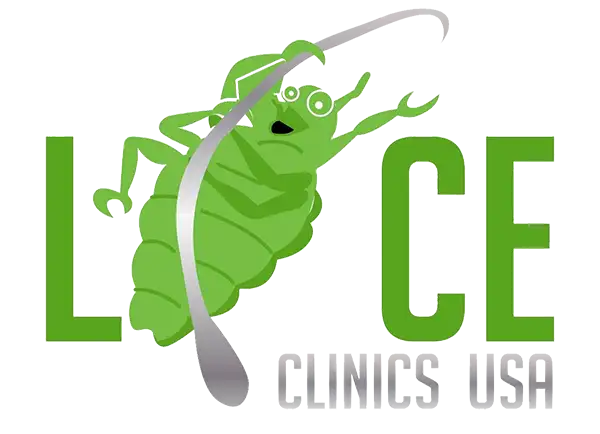Screening the affected person and all members of the family is crucial to begin the lice removal process and eradicating the problem. Preventing further infestation is also key.
Screening the affected person and all members of the family is crucial to begin the lice removal process and eradicating the problem. Preventing further infestation is also key.
Depending on your infestation level and your budget considerations, we will determine the best treatment option for you. Our goal is to ensure your family is lice free.
Depending on your infestation level and your budget considerations, we will determine the best treatment option for you. Our goal is to ensure your family is lice free.
Because of the concentration of children in these environments, the spread of lice is inevitable. We offer a program where we will come to the location and treat children there.
Because of the concentration of children in these environments, the spread of lice is inevitable. We offer a program where we will come to the location and treat children there.
Lake St. Louis Lice Screening
Lake St. Louis is a growing community. It began as a private recreational location because of its beautiful lake. Many enjoyed fishing, boating and swimming there. In 1975, the Lake St. Louis community became a city under Missouri statutes.
With a population of approximately 14,000, Lake St. Louis continues to thrive, with the construction of more homes and businesses within its boundaries. Its children attend public school in the Wentzville School District or one of the many private schools located in neighboring cities.
Lake St. Louis Is Not Immune to Lice Infestations
This community may be considered more upscale than some other cities and towns, but it is definitely not immune to lice outbreaks. Lice do not care if their host is poor or rich, clean or dirty. All they want is a warm place where they can survive by sucking the blood from the host’s skin.
Lice infestations have always carried a stigma because of the misguided impression that only people with poor hygiene were susceptible. Nothing can be further from the truth. They are passed from one host to another through head-to-head contact or through items that have touched the head of a carrier.
Lice can be transmitted by sharing combs, brushes or other hair accessories. Sharing clothing that touches the head, like hats, scarves, coats, or sweaters, can also transmit lice. Sleeping in the same bed is another way for lice to pass from one person to another. Even hugging or cuddling can result in lice infestation.
So How Do You Avoid Getting Lice?
There is no way to completely avoid a lice infestation, especially in locations that are heavily populated. Children are very susceptible in schools, day cares and camps because they are close in proximity to each other. Lice cannot fly, hop or jump from one head to another. They must be close enough to crawl onto hair shafts.
Lice can live 24-48 hours away from their food source, which means that they can travel on items that have come in contact with the host’s head. If they get close to the warm head of another person during that time, they will crawl onto them and start multiplying.
There are some things that you, as parents, can do to minimize the chances of your children getting infected. Instruct your children to:
- Not share anything that touches the head. For example, combs and brushes, headphones, hats, towels, helmets and scarves can all carry lice.
- Avoid placing upper body clothing in shared areas. This may be a challenge if there is one coatroom for all children in the class.
- Choose a plastic or metal chair in a public place instead of an upholstered one. Do not lie on a carpeted floor.


Don’t Panic in Lake St. Louis
Even if someone in your family gets lice, it’s not the end of the world. Don’t make the mistake of using over-the-counter treatments like Rid, Nix, Spinosad, Natroba, Ivermectin, Sklice, and generic lice products. They contain harsh chemicals and are only around 20% effective.
Lice Clinics USA has several treatment options to eradicate lice and nits. There are treatments that can get rid of lice the very same day it is treated. We offer full support and guidance on screening, prevention and treatment. Don’t try to do it alone; we’re here to help. Call us immediately if you suspect your child has lice.
